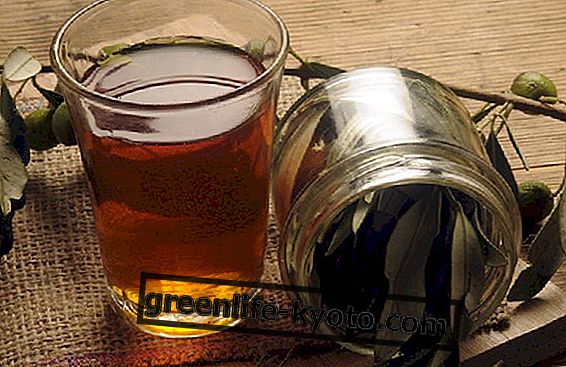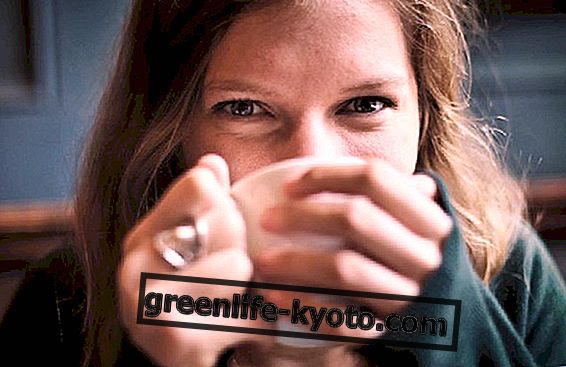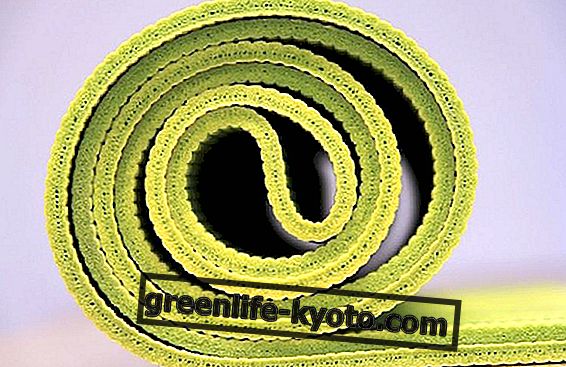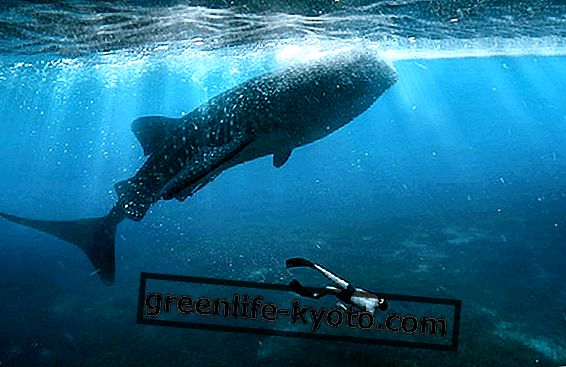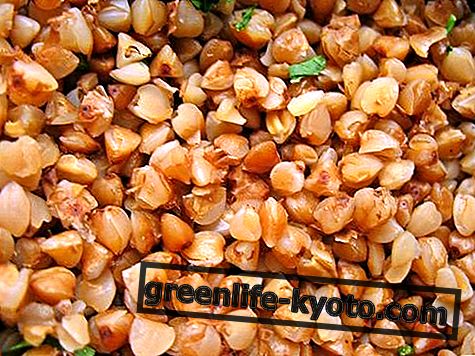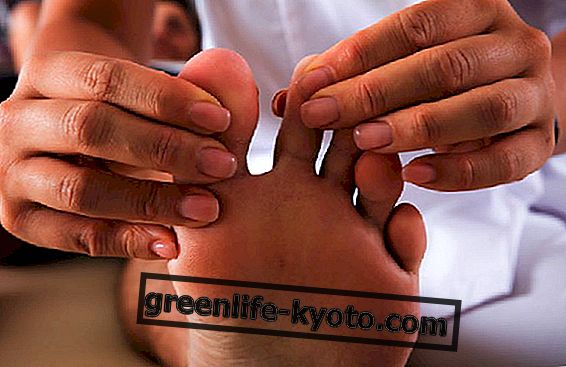
It is common to meet people who complain about their posture and would like to have a different posture. Posture is seen as a static body configuration, it is a classic that mothers say "Stand straight!" To the children. This imperative has something rigid, fixed, and even imposing straight shoulders and belly in is a stretch. Furthermore, the media often feed this belief, and the proposed models never make us feel up to par, never too thin, never too athletic, never satisfied enough with what we are.
It is very sad to bring perfection back to the static nature of the body. Breath inevitably becomes short and becomes labored, with all its consequences: from anxiety to easy fatigue. Even the mind suffers, we become more rigid and less inclined to deal flexibly with all the changes that life inevitably puts forward. Words such as "must", "must", "need", "strive" are often used.
The concept of equilibrium thus falls within this dimension of immobility, unfortunately very common.
An example: if now from your computer with Windows operating system (I don't know for the others) open a word sheet and type "static", and then, with the cursor on the word, click on the right button of the mause, and go to "synonyms ", Among others, " balance "will also appear!
The balance is actually "the continuous balancing of the gravitational and antigravity forces at play in the movement" [1], is a dynamic concept in which numerous functions of our organism are involved: the sight, the hearing, the labyrinthine system of the ear, which are the indicators of the vertical alignment of the head, the proprioceptive sense organs in the muscle fibers, the exteroceptive and interoceptive nerve endings, and other components, such as the force of gravity, the self-image, the orientation in the space.
The standing station does not exist, there are constant micro-oscillations, which allow the body to adapt to the surrounding environment and the continuous phases of micro-contractions and micro-relaxations of the muscles allow oxygenation and circulation of blood and fluids present in our body.
In the Feldenkrais Method the posture is thought of as a dynamic configuration, so much so that Flies Feldenkrais coined a new term "attura", to indicate a neutral position from which we start and to which we return after having performed a movement, without there being " preliminary re-adjustments, to get up from a sofa in which you have sunk, you must first make a whole series of acts to be able to stand up. We therefore want to give importance to the fact that a movement is functional when it allows us to perform any action with the least effort.
Good posture is that position that allows you to perform any movement in different positions and directions, without a preliminary self-organization in space.
Our posture is not a misfortune that has happened to us, nor an unconditional fortune that has been given to us. Our way of moving is the product of what we have learned in life, of how we have re-acted and inter-acted in the environment that has surrounded us since our birth. Our habits characterize us, good or bad, they are what we are, they are the best way we could find to be in the world. Our posture is therefore an integral part of what we are and our habits, although sometimes we realize how strenuous it is and that it leaves room for a movement that produces pain.
Posture improves when you offer your body the chance to experiment with new alternatives and new ways of moving.
If we know how to do something in one way, we don't have the possibility of choice: either we do it or we don't. This leaves us no freedom. Moshe Feldenkrais said that this is how we are machines, which are programmed to give only one answer to an input.
If instead we have more options, we can choose, and this is really liberating. Human activity develops in all its potential.
In the lessons of the Feldenkrais Method we learn that a daily gesture or actions, like turning around, raising an arm to take an object from a high shelf, stretching forward or bending, can be performed in an infinite number of different ways, and which is the better and more functional alternative.
What is important is how we use our body, it is primarily about how we move it, where there is effort and why we continue with an organization that we feel is ineffective.
During the lessons, the students become familiar, for example, with the coordination of movement and eyes, with the propulsion of the thrust of the foot on the ground, learning to modulate muscle strength, one's skeleton is perceived as a support and one feels more aligned, with open shoulders and no muscle tension.
Find out who the posturologist is and what he does
[1] Ambrosio F., The Feldenkrais Method, p.73, Xenia Edizioni, Milan 2004

